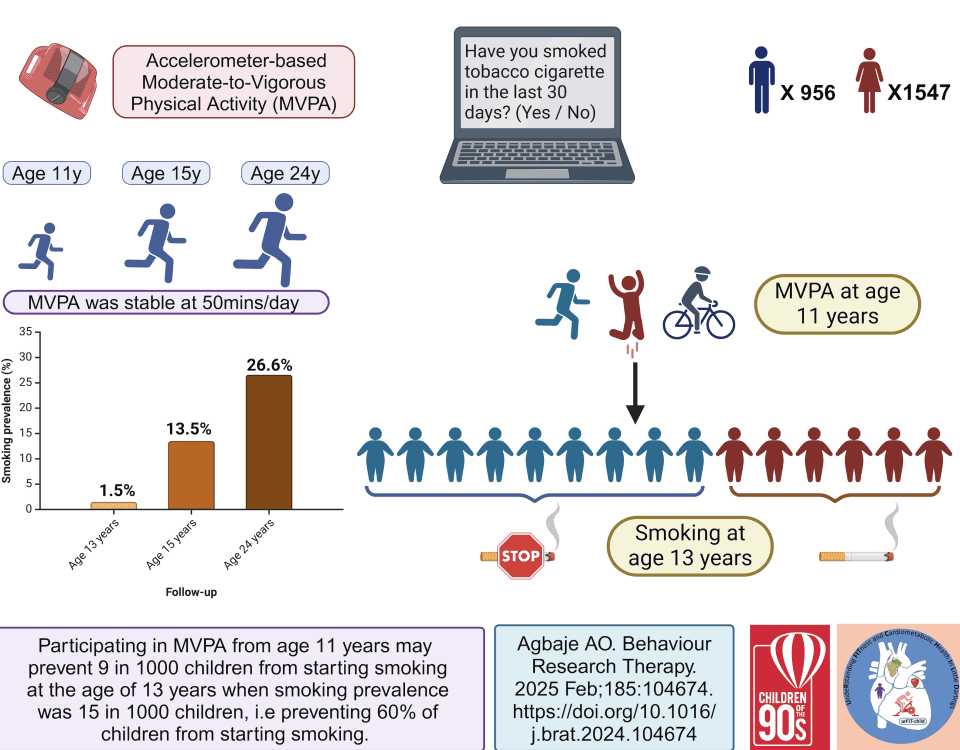
Questionnaires Measuring 24-Hour Movement Behaviors in Childhood and Adolescence: Content Description and Measurement Properties—A Systematic Review
January 25, 2023
Sedentary behaviour and sleep quality
February 8, 2023This blog provides a brief overview of an article titled “Economic burden of excessive sedentary behaviour in Canada” just published in the Canadian Journal of Public Health (available here). Thank you to Dr. Jean-Philippe Chaput for providing this post.
Excessive sedentary behaviour is a highly prevalent and modifiable risk factor that is associated with a wide range of adverse health outcomes. However, data on its economic burden are largely nonexistent. In fact, only 3 studies examined health care costs associated with excessive sedentary behaviour. Available studies were from Australia, China, and the United Kingdom and reported important health care costs. We thought it was time to quantify the economic cost associated with excessive sedentary behaviour in Canada in order to bring more attention to this issue and possibly motivate actions (e.g., it can help policy makers make informed decisions about the funding of health care priorities). More importantly, estimating costs that could be avoided by reducing sedentary behaviour in the population could inform investments in evidence-based intervention strategies.
To do so, we estimated health care and health-related productivity costs associated with excessive sedentary behaviour (>8 h/day and >9 h/day) in Canadian adults with the use of three pieces of information: (1) the pooled relative risk estimates of adverse health outcomes consistently shown to be associated with excessive sedentary behaviour gathered from meta-analyses of prospective cohort studies; (2) the prevalence of excessive sedentary behaviour in Canadian men and women obtained using waist-worn accelerometry in a nationally representative sample of adults; and (3) the direct (health care) and indirect (lost productivity due to premature mortality) costs of the adverse health outcomes using the Economic Burden of Illness in Canada data.
We found that the total costs of excessive sedentary behaviour in Canada were $2.2 billion (8 h/day cut-point) and $1.8 billion (9 h/day cut-point) in 2021, representing 1.6% and 1.3% of the overall burden of illness costs, respectively. The two most expensive chronic diseases attributable to excessive sedentary behaviour were cardiovascular disease and type 2 diabetes. A 10% decrease in excessive sedentary behaviour (from 87.7% to 77.7%) would save an estimated $219 million per year in costs.
As a matter of comparison (and using the same methodology as in the present analysis), the total economic costs of physical inactivity, obesity, and insufficient sleep duration have been estimated to represent 3.7%, 2.2%, and 0.5% of the overall burden of illness costs in Canada, respectively. Thus, the economic burden of excessive sedentary behaviour is similar to the economic burden of obesity in Canada.
Given the high prevalence of sedentary behaviour, public health policy makers and employers are encouraged to make evidence-based decisions regarding the economic feasibility and scalability of reducing sitting time in specific settings and populations. It is clear that reducing sedentary behaviour in the population is not an easy task, but not doing anything about it is irresponsible from a public health perspective.
About the author
Jean-Philippe Chaput is a Senior Scientist with the Healthy Active Living and Obesity Research Group at the Children’s Hospital of Eastern Ontario Research Institute and a Professor of Pediatrics at the University of Ottawa. His research focuses on obesity prevention, health promotion, and lifestyle behaviour modification (e.g., improving sleep, increasing physical activity, reducing screen time, and eating better). Dr. Chaput has published more than 400 peer-reviewed scientific articles and is well cited in the literature. He serves on many journal editorial boards and advisory committees, has contributed to a large number of conferences around the world (>200 lectures), and received several awards for his research. Outside work he likes to travel, run in the forest, and play with his daughter.





